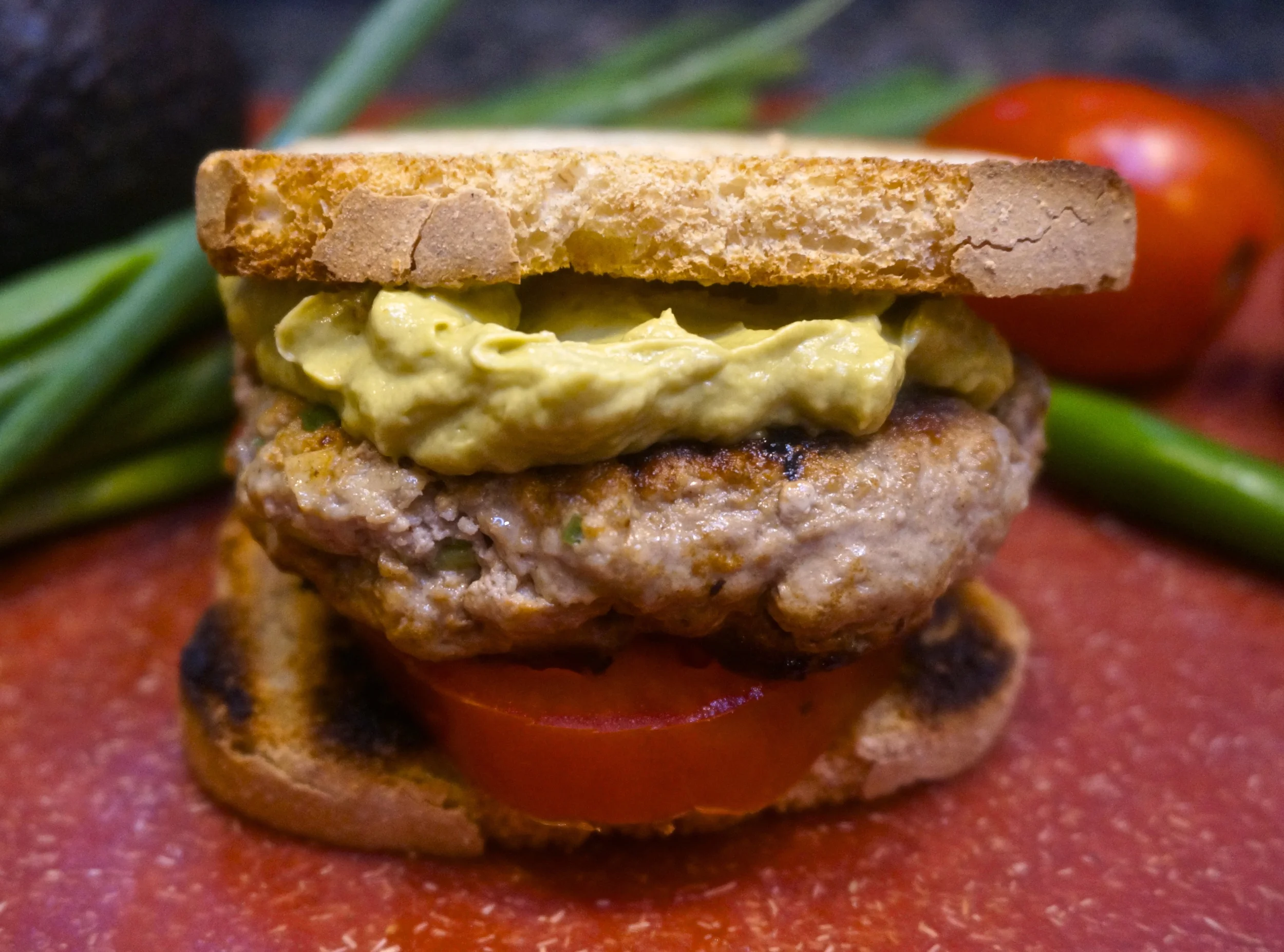A long time ago I read that ketchup began in the far east as a kind of fish sauce and it was ages and ages later that some smartie decided to make it with tomatoes.
The rest, as they say, is history. When you say "ketchup," most people picture the thick, red, viscous condiment.
In my family we don't argue over what ketchup means. We don't even argue about what kind to buy, because even though I've cooked my own tomato ketchup from time to time, our brand is Heinz.
But I do make other kinds of ketchup too. Plum ketchup, for example. They're sort of like smooth chutneys that go well with grilled chicken, beef, lamb and so on.
So recently, now that it's outdoor grill season, I made avocado ketchup, which is the perfect condiment for turkey burgers. No cooking involved (except for the burgers).
Is it really just a simplified form of guacamole, pureed to a fare-thee-well?
Maybe. But I call it ketchup.
Turkey Burgers with Avocado Ketchup
- 1 large, ripe avocado, peeled and pitted
- 2 sun dried tomatoes, finely chopped
- 1/2 teaspoon ground cumin
- 1 tablespoon olive oil
- 1 teaspoon lemon juice
- salt and freshly ground black pepper to taste
- 1 pound ground turkey
- 2 medium scallions, finely chopped
- 1 medium Serrano pepper, finely chopped
- 1 large clove garlic, finely chopped
- 1/4 cup lemon juice
- 2 tablespoons vegetable oil, optional
- 8 slices toasted bread
- 2 tomatoes, sliced
Cut the avocado into chunks and place the pieces in a food processor. Add the tomatoes, cumin, olive oil, lemon juice and some salt and pepper and process until thoroughly blended and uniform in color (mixture should have the consistency of ketchup). Set aside. Place the turkey, scallions, Serrano pepper, garlic and lemon juice in a bowl and mix to combine the ingredients evenly. Shape the mixture into 4 burger patties. Grill the burgers on an outdoor grill OR heat the vegetable oil in a sauté pan over medium heat. Cook the burgers for about 2 minutes per side or until crispy and cooked through. Place 4 slices of toasted bread on each of four plates. Place tomato slices over the bread. Top with the burgers. Top with equal amounts of the avocado ketchup. Cover with remaining toast slices.
Makes 4 servings



